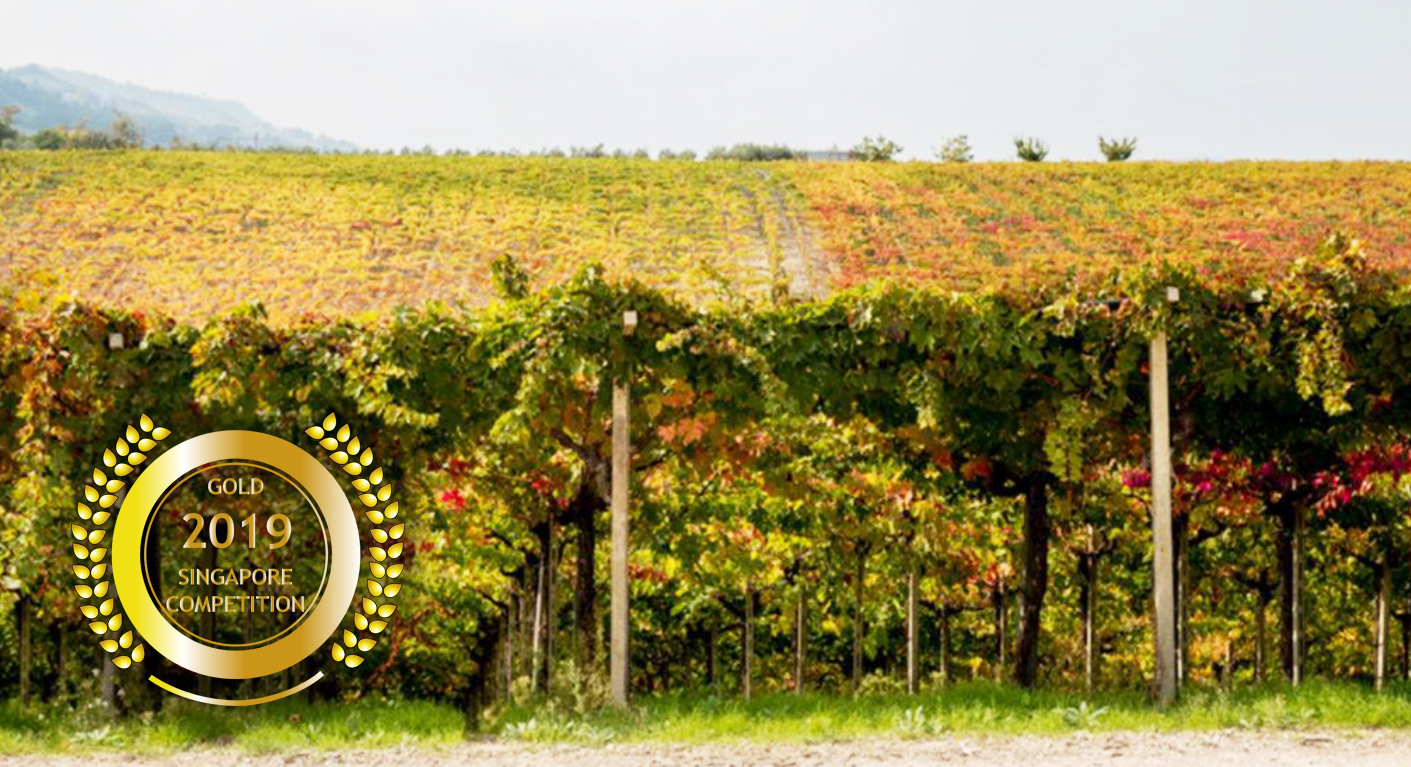Coming from family of winemakers, Stefano and Francesco a very young passionate producers of organic wines have decided to continue the legacy and work in the vineyards, innovating and creating their own vintage at Azienda Vinicola Petrini
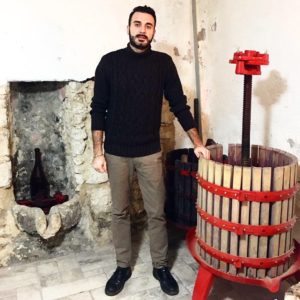 Stefano and Francesco are integral in realizing their great grandfather’s (Antonio and Mario) vision “Abruzzo is the land and good things’. Both of them have worked closely alongside with their grandfather and get inspired of making an organic wine. From the love for good wine and respect for the territory, the Petrini Winery was established and produces organic grapes, harvested by hand, selecting only the most mature bunches in the Provinces of Pescara and Chieti.
Stefano and Francesco are integral in realizing their great grandfather’s (Antonio and Mario) vision “Abruzzo is the land and good things’. Both of them have worked closely alongside with their grandfather and get inspired of making an organic wine. From the love for good wine and respect for the territory, the Petrini Winery was established and produces organic grapes, harvested by hand, selecting only the most mature bunches in the Provinces of Pescara and Chieti.
Stefano humbly shares that “We are very young winery, we started producing 20,000 bottles but we are growing rapidly. In fact, the production have been doubled this year and we started exporting only last summer. Our wines are very much appreciated to many countries like New Zealand, England, Scotland and France”.
Stefano humbly shares that “We are very young winery, we started producing 20,000 bottles but we are growing rapidly. In fact, the production have been doubled this year and we started exporting only last summer. Our wines are very much appreciated to many countries like New Zealand, England, Scotland and France”.
Wines of Azienda Vinicola Petrini that won Gold and Silver Awards from Singapore Newspaper:
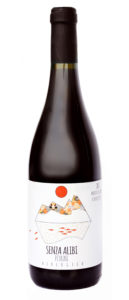
Senza Alibi – No Alibi (Montepulciano D’Abruzzo DOC)
- Harvest
The harvest takes place during the second and third weeks of October, when the grape has reached full levels of biological ripeness, valued through a meticulous measurement of sugar levels, PH, total acidity and polyphenolic potential. The grapes are harvested by hand, in order to respect their integrity and organoleptic characteristics.
- Winemaking
The winemaking occurs with respect of the traditions which, following a selection of the best grapes, entails rasping and skin contact with the must for approximately 25-30 days at a controlled temperature of 28-30°C. During the skin contact process, the wine goes through a phase of delastage, which consequently ensures a fractionalized extraction of the noble components of the skins, which make up the main characteristics of the final product. Following this extraction phase, the wine that is obtained is separated from the skins with a soft pressing and stored in steel barrels for the consequent malolactic fermentation. Moreover, the wine is decanted in oak barrels, where it’s left to rest and sharpen for 2 months. In every phase of the winemaking, in order to guarantee and respect the genuineness and healthiness of the product, a strict set of rules is followed which are set by the relative body
responsible for the production of biological wines, ICEA.
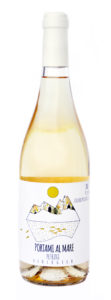
Portami Al Mare – Take Me To Shore (Pecorino Colli Pescaresi IGT)
- Harvest
The grapes are harvested during the third week of September, based on a meticulous evaluation of the complete biological ripening of the fruits, valued in accordance with sugar levels, PH, and total acidity. The grapes are harvested by hand, in order to respect their integrity and organoleptic characteristics.ristics.
- Winemaking
The winemaking occurs with respect of the traditions, while applying modern winemaking principles. Following a strict selection of the best quality grapes, the process consists of taking the grape through rasping and a brief skin maceration of approximately 8-10 hours. This plays in favour of the fractionized extraction of the noble components of the skins, which determine the personality of what will become the final product. Following this stage, a delicate
pressing is applied. The must flower is then refrigerated at a temperature of 8-10°C, and decanted for approximately 10-12 hours. Once the maceration process is terminated, where the aromatic components are extracted from the grapes’ skins, the must flowers is separated from the skins at a temperature of 10-12°C and decanted for approximately 12 hours. The clear must that is obtained from this process is then fermented at a controlled temperature of 16-18°C.
The wine that is obtained is then separated from the dregs and stored in steel barrels at a temperature of 14°C, which allows to maintain integrity of the very distinctive freshness of the final product. After a brief period of maturation, the wine is stabilized, filtered and bottled. In every phase of the winemaking, in order to guarantee and respect the genuineness and healthiness of the product, a strict set of rules is followed which are set by the relative Italian body
responsible for the production of biological wines, ICEA.
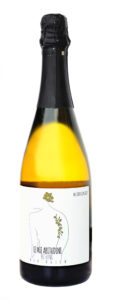
Le mie abitudini – My habits (Sparkling wine, Champenoise)
- Harvest
The harvest occurs in the cool hours of the day, by hand, by selecting the best grapes and avoiding any physical damages to them. The different types of grapes are harvested and processed separately, once the technological ripeness is reached: medium sugar level, low pH and a fair level of organic acids.
- Winemaking
The winemaking is the one typical of sparkling wines: soft press of the whole grape, separation of the must, decant and fermentation of the clear must at a temperature of approximately 18 C with added selected yiests. In order to reduce the use of adjuvants to a minimum, particularly sulphites, the technique of hyperoxia is applied, which guarantees a natural oxidative stability of the wine-to-be. At the end of the winter, sparkling wines are assembled, they are sweetened with biological sugars, and allowed to ferment once again in the bottle, at a temperature of approximately 13 C, according to the “Metodo Classico” way, with a minimal addition of low-level SO2 yiests. Once the fermentation is completed, the sparkling wine remains to age on the dregs for approximately 48 months, during which the yeasts surrender its constituents to the wine, which are the organoleptic support and taste notes of this sparkling wine. Following these steps, through a “remuage”, the bottles are gradually taken from their horizontal
position to vertical, so that the yeast dregs are collected under the cork and successively expelled. During the “degorgement”, the neck of the bottle is frozen. The final phase consists in the addition of “liquer d’expedition”, in order to reset the wine lost during the “degorgement”, the corkage and, finally, the application of the wine’s label.
For more information, please visit their website at www.aziendavinicolapetrini

